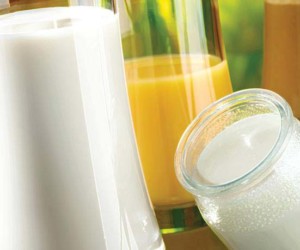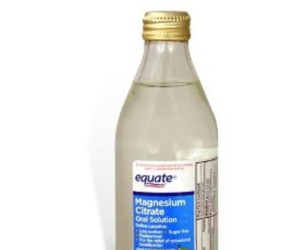Sodium Ascorbate Side Effects
Sodium Ascorbate E301 used as an antioxidant and acidity regulator in foods, beverages, and nutritional supplements. Though it’s considered safe, some are convinced it has potentially dangerous health effects.
What Is Sodium Ascorbate E301?
Sodium Ascorbate E301 is a food antioxidant and nutrition enhancer that comes in white crystals or a crystalline powder. It is used as a preservative to keep the color and prolong shelf life of a product. Applications for Sodium Ascorbate E301 include meat products, fruits and vegetables, jam, beer, carbonated drinks, fruit tea and juice.
Possible Side Effects of Sodium Ascorbate E301
Though Sodium Ascorbate E301 is regarded as safe supplement, there maybe some side effects: abdominal cramps, heartburns, nausea, vomiting, constipation or diarrhea, while others may be allergic to it, causing itching, swelling, dizziness, and some, difficulty in breathing.
GRAS Affirmation: Yes
Generally recognized as safe (GRAS) is an American Food and Drug Administration (FDA) designation that a chemical or substance added to food is considered safe by experts, and so is exempted from the usual Federal Food, Drug, and Cosmetic Act (FFDCA) food additive tolerance requirements. Sodium Ascorbate E301 is considered safe.
Suggested Dosage
NA.
Special Populations Precaution
There is a lot of concern about diet and nutrition for these population, like Newborns, children, pregnant, sensitive to Sodium Ascorbate E301 populations. Better consult to your doctor if you would like to intake Sodium Ascorbate.
Related Research
1. Quantification of ascorbic acid and sodium ascorbate in powder blends for tableting and in vitamin C chewable tablets by NIR-chemometry. [Acta Pharm. 2013 Sep] Author: Tomuţă I, Dudaş D, Vonica AL, Leucuţa SE.
2. Effect of sodium ascorbate on the bond strength of silorane and methacrylate composites after vital bleaching. [Braz Oral Res. 2013 Jul-Aug] Author: Güler E, Gönülol N, Özyilmaz ÖY, Yücel AÇ.
3. Effect of sodium ascorbate on dentin bonding after two bleaching techniques. [Oper Dent. 2014 Mar-Apr] Author: Briso AL, Rahal V, Sundfeld RH, dos Santos PH, Alexandre RS.
4. Natural extracts versus sodium ascorbate to extend the shelf life of meat-based ready-to-eat meals. [Food Sci Technol Int. 2013 Oct] Author: Price A, Díaz P, Bañón S, Garrido MD.
5. Evaluation and comparison of bond strength to 10% carbamide peroxide bleached enamel following the application of 10% and 25% sodium ascorbate and alpha-tocopherol solutions: An in vitro study. [J Conserv Dent. 2013 Mar] Author: Thapa A, Vivekananda PA, Thomas MS.



